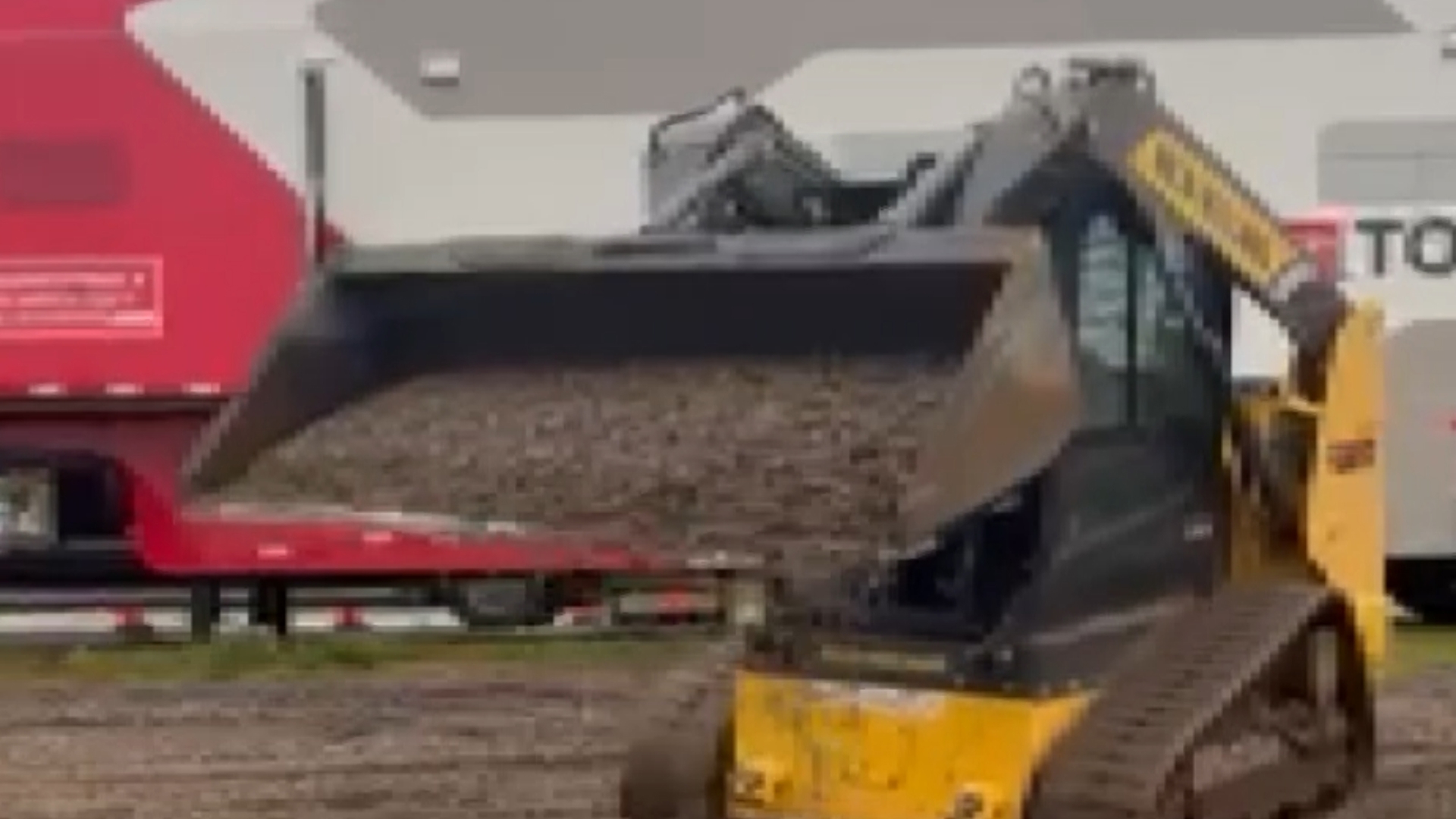![Tiananmen Square 25 [ID=9951151]](http://moc-assets-prod.gannett-cdn.com/-mm-/3d5569507733ca056af5edaf0a2a8036c559fb13/r=500x375/local/-/media/WFMY/WFMY/2014/06/04/1401890505000-Tiananmen-Square-25.jpg)
BEIJING – Tight security around Beijing's Tiananmen Square Wednesday combined with a months-long crackdown against dissidents and a quarter century of enforced amnesia to prevent public commemoration of the crushing of the 1989 pro-democracy movement.
![China security clampdown on Tiananmen crackdown anniversary[ID=9951119] ID=9951119](http://cdn.newslook.com/67/67d6192f7371eeb8edb05c82613d5d47/images/frame_ext.jpg)
In Hong Kong, China's semi-democratic enclave, more than 100,000 people were expected to attend an evening vigil to mark the bloody end to seven weeks of demonstrations for a fairer, cleaner government 25 years ago.
On the mainland, China's ruling Communist Party forbids citizens from discussing the movement. Thousands were believed to have been killed on the evening of June 3 through June 4, 1989, when the same party sent army troops into central Beijing to quell protesters.
In the past two months, about 50 people have been detained in a pre-anniversary crackdown that Chinese activists and human rights groups have called the most severe ever.
FROM OUR ARCHIVES: USA TODAY's original reports from 1989
COLUMN: China, fess up on Tiananmen
China's state-run media all but ignored the highly sensitive date, while the censor's trigger finger was busy Wednesday blacking out television screens showing CNN and BBC whenever the foreign broadcasters aired segments on Tiananmen.
The White House urged China to account for the victims of the 1989 crackdown in a statement Wednesday supporting "the basic freedoms the protesters at Tiananmen Square sought." In response, Chinese Foreign Ministry spokesman Hong Lei asked the U.S. to "stop making irresponsible remarks related to issues of China's internal affairs."
At a regular briefing Wednesday, Hong said China had reached a conclusion a long time ago about the "political turmoil" in the late 1980s. With familiar phrases, he reiterated the official view that China's chosen path of "socialism with Chinese characteristics" has delivered great economic and social achievements.
At the square, and all roads leading to it, larger than normal numbers of armed police, SWAT teams and plain-clothed security personnel screened and monitored all pedestrians wanting to visit the square, which remained open Wednesday. Some 850,000 security "volunteers," mostly seniors with red armbands, watched over Beijing's roads and alleyways, according to the Legal Evening News.
Most visitors to Tiananmen Square are Chinese tourists from other provinces. Permanent giant screens displayed Party slogans Wednesday and colorful images of a prosperous, strong motherland. The footage highlights the extraordinary economic changes in a country transformed from the drab 1980s into the world's second largest economy.
What hasn't shifted is official silence on the protests, backed by a massive security apparatus and strict control of the Internet. The entire "Beijing Spring" of 1989 is not taught in schools. Most Chinese are unaware of the sensitive date, called "6/4" in Chinese, which sealed in blood the Party's approach to controlling a billion people: allow economic freedoms and punish those seeking political rights.
Beside the square, the vast National Museum of China displays just one, brief and critical mention of the pro-democracy movement of 1989: A single photograph shows elderly leader Deng Xiaoping congratulating the troops who slaughtered protesters and bystanders on June 4.
A quarter century later, several museum visitors appeared blank when asked last week about the movement. Even many eyewitnesses dare not recall those days in public or at home. Beijinger Zhao Jinghai saw both the protests and the military crackdown, but has never told his son, who was just 2 years old at the time.



